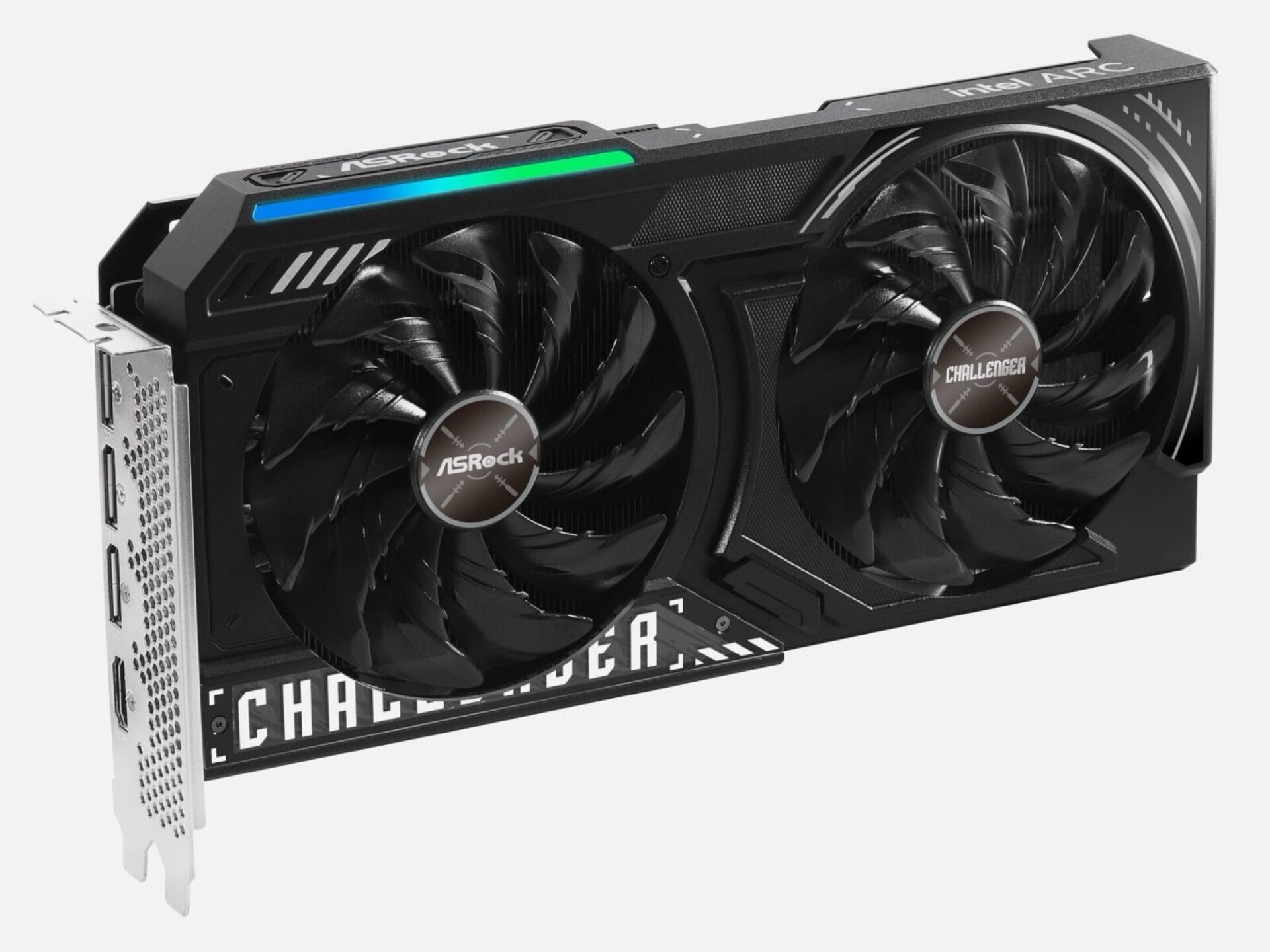Key Takeaways
1. Lisuan Technology’s G100 is the first graphics processor made on a local 6 nm node and has powered on for the first time.
2. The G100 features 32 Compute Units, 256 MB of VRAM, and a core clock speed of 300 MHz, but these specs may not reflect final hardware capabilities.
3. It achieved an OpenCL score of 15,524, comparable to older GPUs like the Nvidia GeForce GTX 660 Ti and AMD Radeon R9 370.
4. Driver software is a significant challenge, as previous Chinese GPU companies struggled with underdeveloped drivers rather than hardware issues.
5. Mass manufacturing of the G100 may begin by the end of this year or early 2026, but significant improvements in performance, clock speeds, and driver software are still needed.
China has hit a noteworthy achievement as Lisuan Technology’s G100 has successfully moved past its final design phase and powered on for the very first time. This graphics processor is claimed to be the first made on a local 6 nm node. The chip features the company’s proprietary TrueGPU architecture and is designed to rival Nvidia’s budget-friendly GeForce RTX 4060, even though that model has already been succeeded by the RTX 5060 series.
Specifications Overview
Details about the specifications are not very clear, but a listing on Geekbench shows it has 32 Compute Units, 256 MB of VRAM, and a core clock speed of only 300 MHz. These numbers likely represent temporary firmware settings instead of the final hardware capabilities; however, they do provide a glimpse into the current status of the device.
Benchmark Performance
The G100 received an OpenCL score of 15,524 points in the same benchmark, putting it in line with older GPUs like Nvidia’s 13-year-old GeForce GTX 660 Ti and AMD’s Radeon R9 370. The benchmark setup included the G100 with a Ryzen 7 8700G APU and 64 GB of DDR5-4800 on a B650M motherboard. In summary, the real-world performance has not yet aligned with Lisuan’s promotional claims.
Challenges Ahead
Driver software presents a significant challenge. Previous Chinese GPU companies, such as Moore Threads and Birentech, faced major issues primarily due to underdeveloped drivers rather than hardware flaws. Lisuan is likely to encounter similar obstacles and will require effective driver optimization before the G100 can effectively compete with established brands.
Production for risk is currently in progress, with mass manufacturing potentially starting by the end of this year or in early 2026. There is a considerable amount of work still to be done: improving clock speeds, resolving memory reporting problems, and enhancing the driver software to elevate compute and gaming performance beyond what has been available for the last ten years.
Source:
Link



